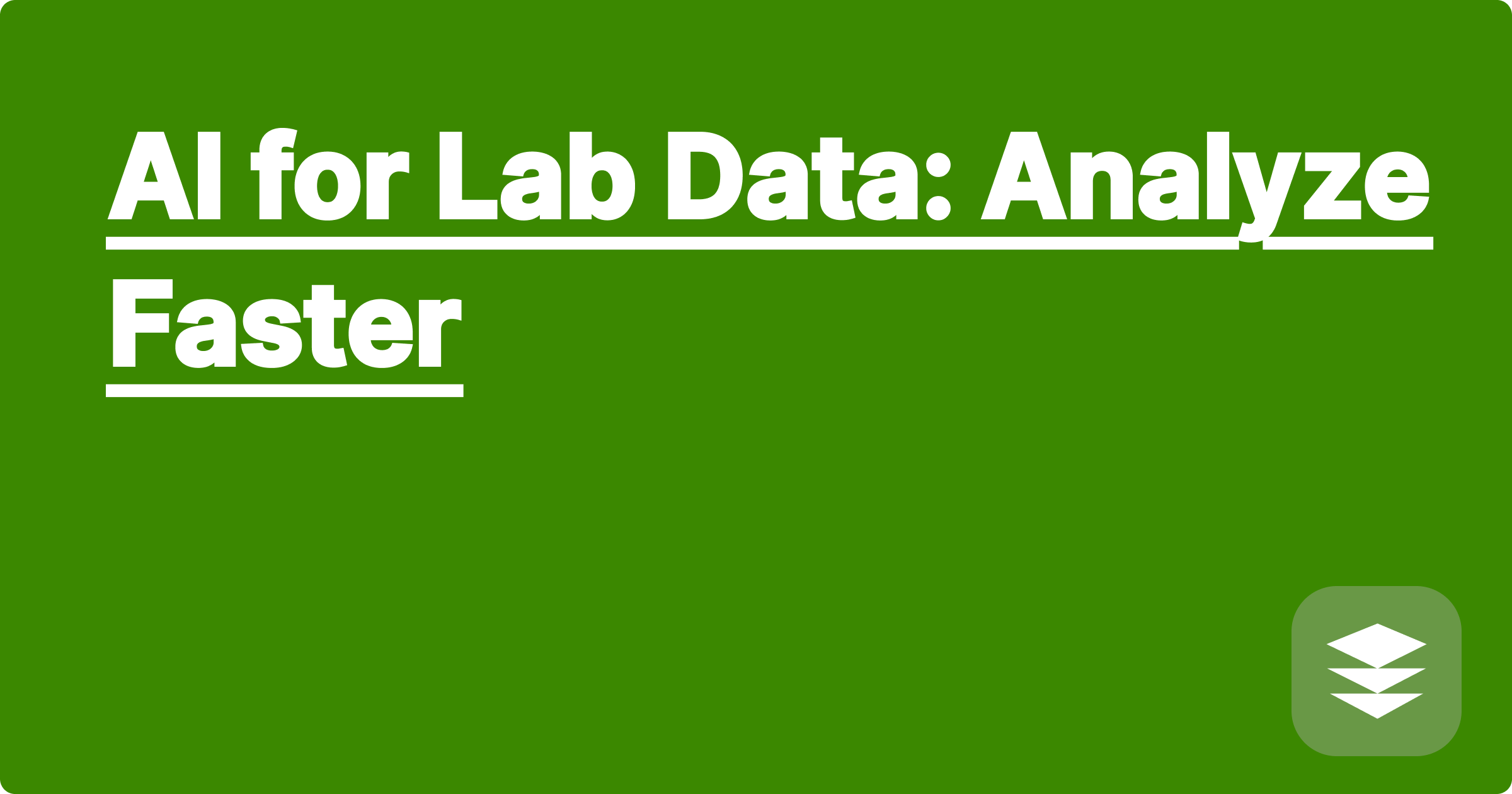
STEM fields are awash in data, a deluge stemming from increasingly sophisticated experiments and simulations. Analyzing this data efficiently is a significant bottleneck, often consuming precious time that researchers could otherwise dedicate to designing new experiments, formulating hypotheses, and communicating their findings. Artificial intelligence offers a powerful set of tools to accelerate this analysis process, transforming how scientists interact with their data and ultimately accelerating the pace of discovery.
This shift towards AI-powered data analysis has profound implications for STEM students and researchers. Mastering these tools provides a significant competitive edge, enabling faster completion of projects, deeper insights from complex datasets, and the ability to tackle more ambitious research questions. Furthermore, understanding the principles of AI and its application to data analysis is becoming a crucial skill in the modern scientific landscape, preparing the next generation of scientists for the data-driven future of research.
The traditional approach to lab data analysis often involves manual processing, statistical software packages, and custom scripting. This process can be time-consuming, error-prone, and limited in its ability to handle the complexity and volume of modern datasets. Researchers often struggle with data cleaning, normalization, and feature extraction, tasks that can take days or even weeks to complete manually. Furthermore, traditional methods may struggle to identify subtle patterns or non-linear relationships within the data, potentially overlooking crucial insights. The sheer volume of data generated by modern experiments can overwhelm conventional analysis techniques, creating a backlog and hindering the research process. Finally, the specialized expertise required for advanced statistical analysis can be a barrier for many researchers, limiting their ability to fully explore their data.
AI offers a transformative approach to lab data analysis. Tools like ChatGPT, Claude, and Wolfram Alpha can automate many of the tedious and time-consuming tasks associated with traditional data analysis. ChatGPT and Claude, for instance, can assist with data cleaning by identifying and correcting errors, formatting inconsistencies, and missing values. They can also help with data interpretation by summarizing findings, generating reports, and even suggesting potential explanations for observed trends. Wolfram Alpha excels at symbolic computation, making it ideal for complex calculations, equation solving, and data visualization. These tools can be used in conjunction with traditional statistical software to create a powerful and efficient data analysis workflow. By leveraging the strengths of each tool, researchers can streamline their analysis process, freeing up time for more creative and impactful work.
The first step involves data preparation. This includes cleaning the data, handling missing values, and converting it into a format suitable for the chosen AI tool. Next, the data is inputted into the chosen AI platform, whether it's ChatGPT, Claude, Wolfram Alpha, or a specialized AI-driven data analysis platform. Researchers can then use natural language or specific commands to instruct the AI to perform the desired analysis. For example, they might ask ChatGPT to summarize the key trends in a dataset or instruct Wolfram Alpha to perform a specific statistical test. The AI then processes the data and generates results, often in the form of reports, visualizations, or symbolic representations. These results can then be further analyzed and interpreted, leading to new hypotheses and insights. Finally, it's crucial to validate the findings generated by the AI, comparing them with existing knowledge and using traditional statistical methods where appropriate.
Consider a researcher studying the effect of a new drug on cell growth. They have collected data on cell counts over time for different drug concentrations. Using Wolfram Alpha, they can input the data and ask it to fit a growth curve to the data, providing parameters like the growth rate and carrying capacity. The formula for exponential growth, for example, is N(t) = N₀e^(rt), where N(t) is the population size at time t, N₀ is the initial population size, r is the growth rate, and t is time. Wolfram Alpha can quickly determine these parameters, allowing the researcher to quantify the drug's effect. Alternatively, a researcher studying gene expression data could use ChatGPT to summarize patterns in gene expression across different experimental conditions. By inputting the gene expression data and asking, "What are the key differences in gene expression between the control and treatment groups?", ChatGPT could identify the most significantly upregulated or downregulated genes, providing valuable insights into the drug's mechanism of action.
Effectively using AI in STEM research requires a strategic approach. Start by familiarizing yourself with the different AI tools available and their respective strengths and weaknesses. Practice using these tools with sample datasets to develop proficiency and gain confidence. Critically evaluate the output generated by the AI, remembering that these tools are not infallible and their results should always be validated. Integrate AI tools into your existing workflow gradually, starting with simple tasks and progressively incorporating more complex analyses. Finally, stay up-to-date with the latest advancements in AI and data analysis, as new tools and techniques are constantly emerging.
To effectively integrate AI into your research workflow, begin by exploring the free versions of tools like ChatGPT and Wolfram Alpha. Experiment with different data analysis tasks and familiarize yourself with their capabilities. Consider taking online courses or attending workshops focused on AI for data analysis to deepen your understanding and develop advanced skills. The future of STEM research is undeniably data-driven, and embracing AI tools is crucial for success in this evolving landscape.
Ace STEM Exams: AI Study Planner
AI for Lab Data: Analyze Faster
STEM Prep: AI-Powered Flashcards
AI Coding Assistant: Debug Code
Engineering AI: Design & Simulate